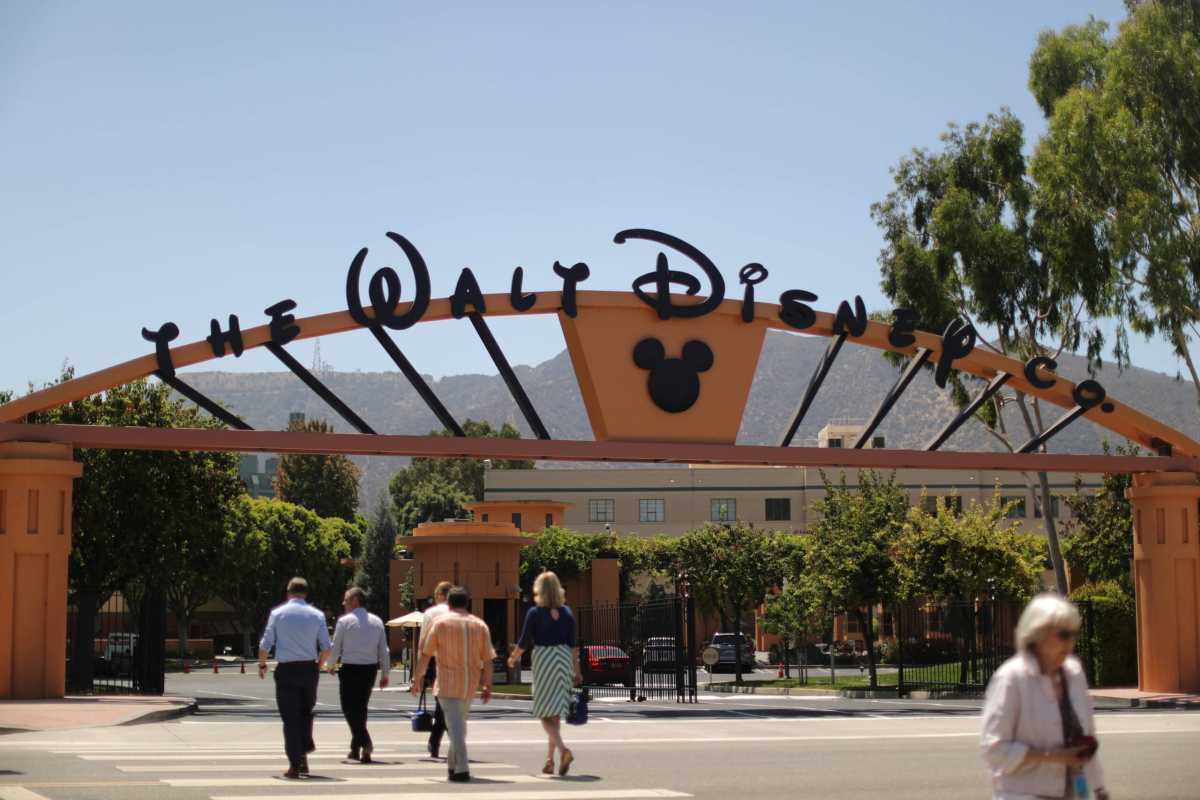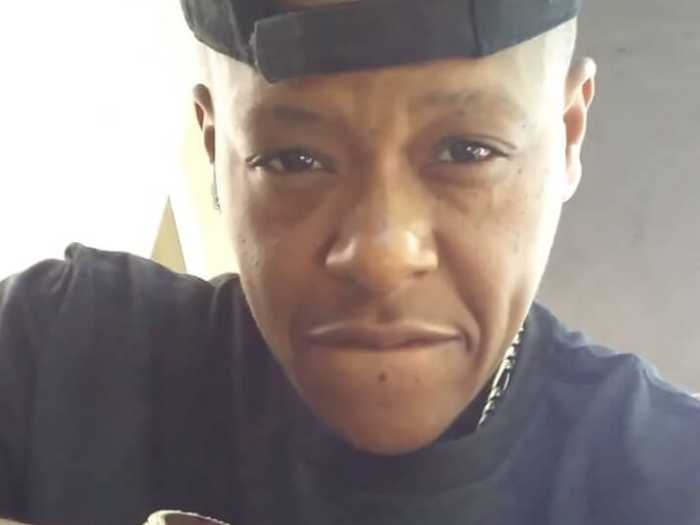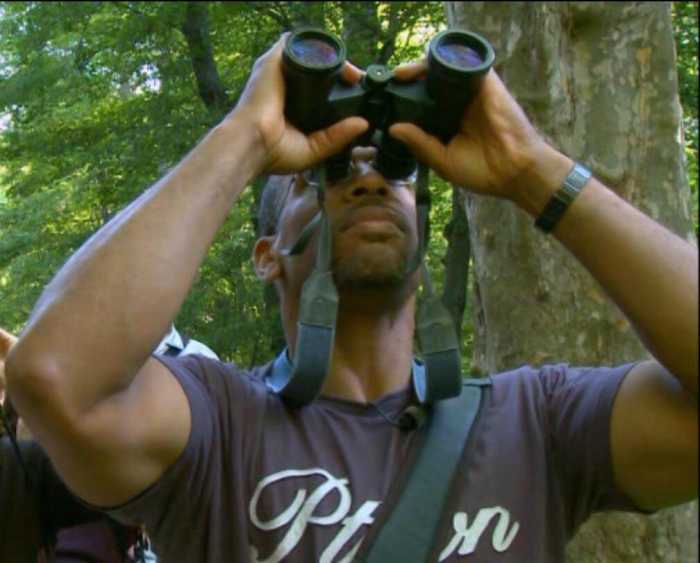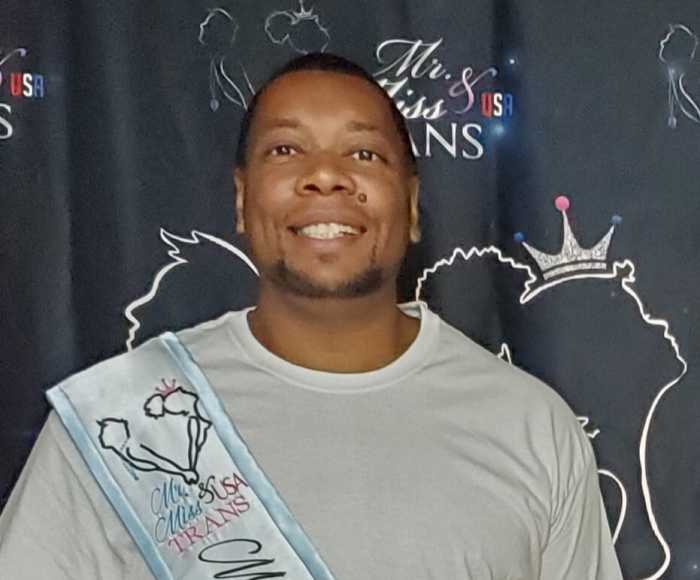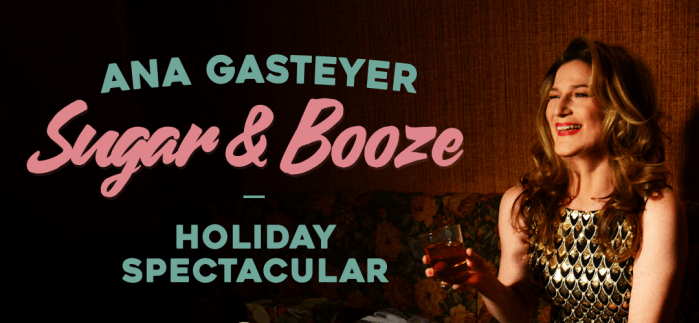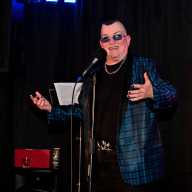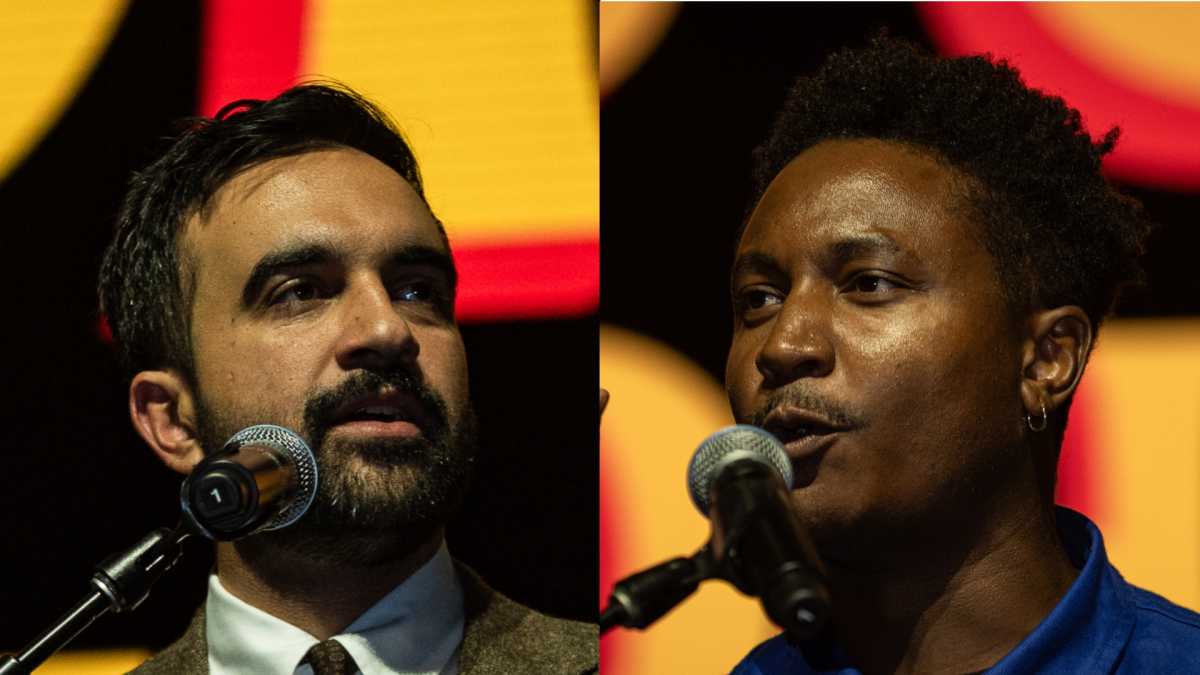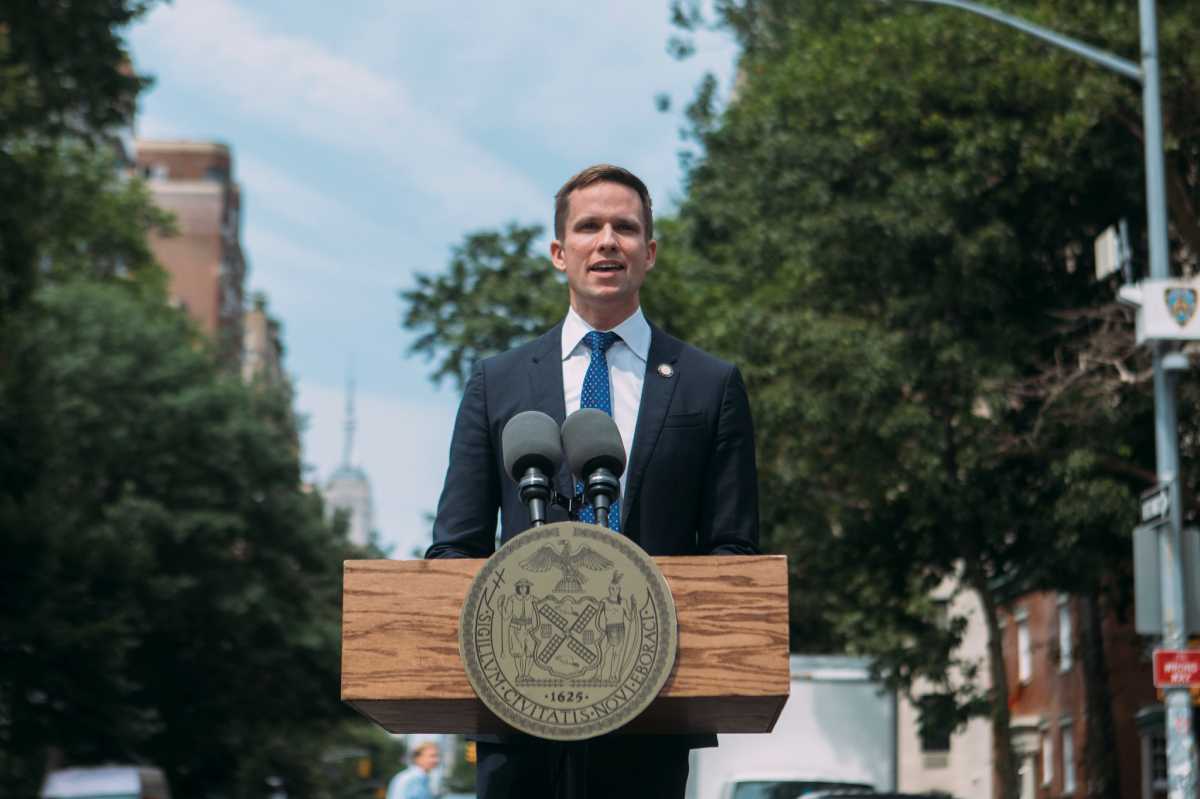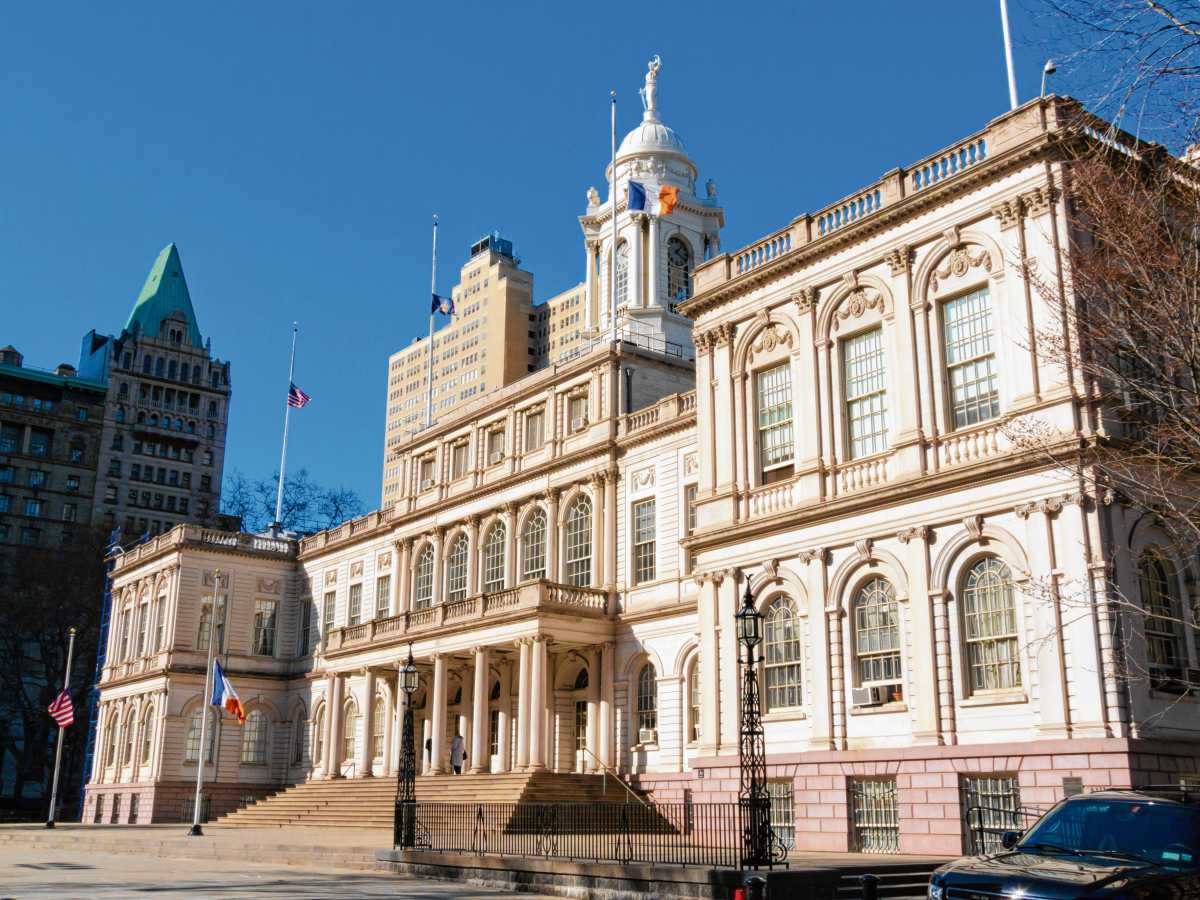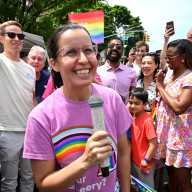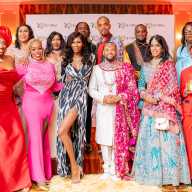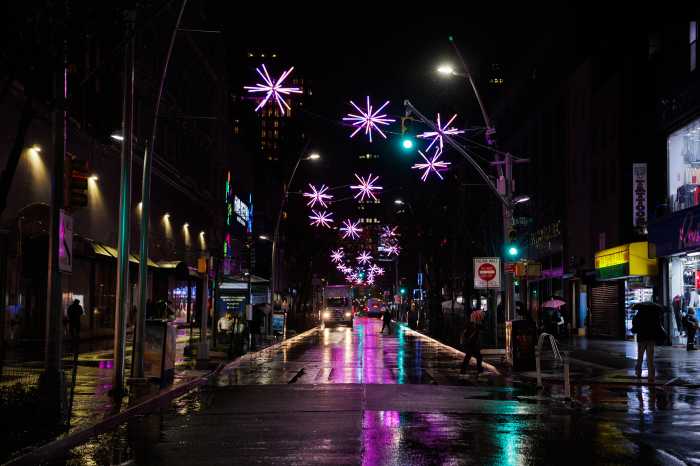A report by the LGBTQ media advocacy group GLAAD shows LGBTQ women characters are outpacing men in major studio films, but trans and non-binary representation is still bleak.
Findings from GLAAD’s 2021 “Studio Responsibility Index,” which measures the number of LGBTQ characters in movies released by major film studios in 2020, showed that of the 20 LGBTQ characters featured in these movies, 11 were women and nine were men. GLAAD described this as the first time women surpassed men in the category since the group began tracking this data. While advocates at GLAAD noted no changes in trans and non-binary representation, there was a surge in LGBTQ characters of color.
However, there were no transgender or non-binary characters in theatrical releases by major studios — making this the fourth consecutive year without that representation. The last time GLAAD saw a trans character was in 2016 when there was an offensive portrayal of a character in “Zoolander 2.” Bisexual representation is also lacking, with just one character — Harley Quinn in “Birds of Prey — identifying as bisexual. The previous year saw three films with bi characters.
According to the report, 44 films were released last year, and 10, or approximately 22.7 percent, featured LGBTQ characters. This included the movie “Like a Boss,” starring out gay Black actor Billy Porter, “Fantasy Island,” “Freaky,” and other films with queer performers. While the researchers saw a jump in this data by 4.1 percent, GLAAD said this declined from a previous report that recorded 22 LGBTQ characters in 118 films. Researchers said this slash in LGBTQ films is due to the shuttering of several productions amid the COVID-19 pandemic.
Although researchers saw fewer films with LGBTQ characters, the most recent data is shaping up to be more racially diverse. The report said of the 20 LGBTQ characters represented in major films, approximately 40 percent or eight characters were of color, which is a stark increase of six percent from 2019. More than half of the 20 LGBTQ characters were white, 15 percent were Asian-Pacific Islander, 10 percent were Black, 10 percent Latinx, and five percent were Indigenous. Researchers recorded one non-human LGBTQ character in the animated film “Onward.”
In contrast, these numbers are unparalleled to GLAAD’s 2017 report, which saw a whopping 57 percent LGBTQ characters of color. Capping off the report is data showing that LGBTQ characters were on screen longer in 2020. More than half of LGBTQ characters appeared in a film for 10 minutes or more, while 30 percent were on screen for under 60 seconds.
GLAAD President and CEO Sarah Kate Ellis applauded the movie industry for incorporating some of their feedback.
“This is a critical time of transformation for Hollywood,” Ellis said in a written statement. “Challenged to redefine business lines and practices during a global pandemic, driven by an increased demand from consumers hungry for new content, and rocked by the rightful reckoning and pressure for these studios to create more meaningful substantive change in representing and investing in marginalized communities.”
Ellis added, “This transformation represents a great opportunity to swiftly accelerate acceptance of LGBTQ stories, break new ground, and invest in queer and trans talent and stories that audiences are eager to watch. Hollywood and the business of storytelling must be more nimble, more creative, more open than ever before.”
To compile this research, GLAAD identified eight major film studios, including Sony Pictures, United Artists Releasing, Warner Bros., Walt Disney Studios, STX Films, and Paramount Pictures. Liongate is the only studio without any LGBTQ-inclusive films.
To sign up for the Gay City News email newsletter, visit gaycitynews.com/newsletter

